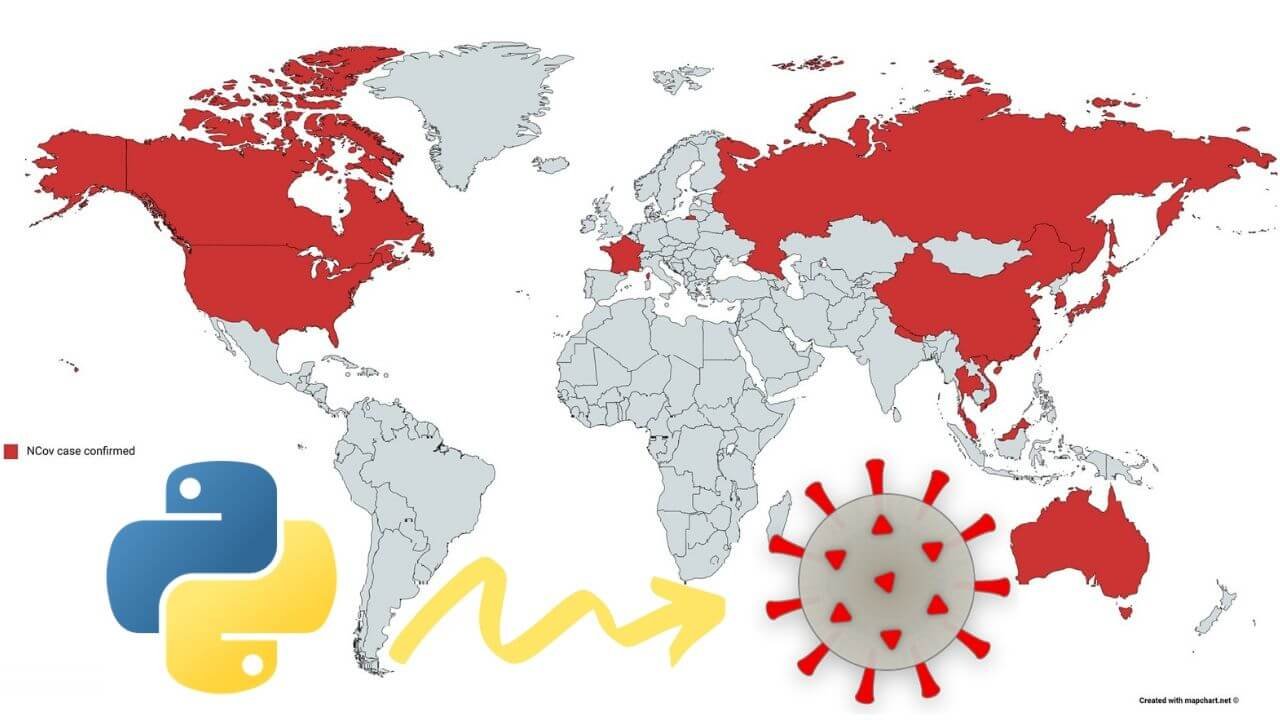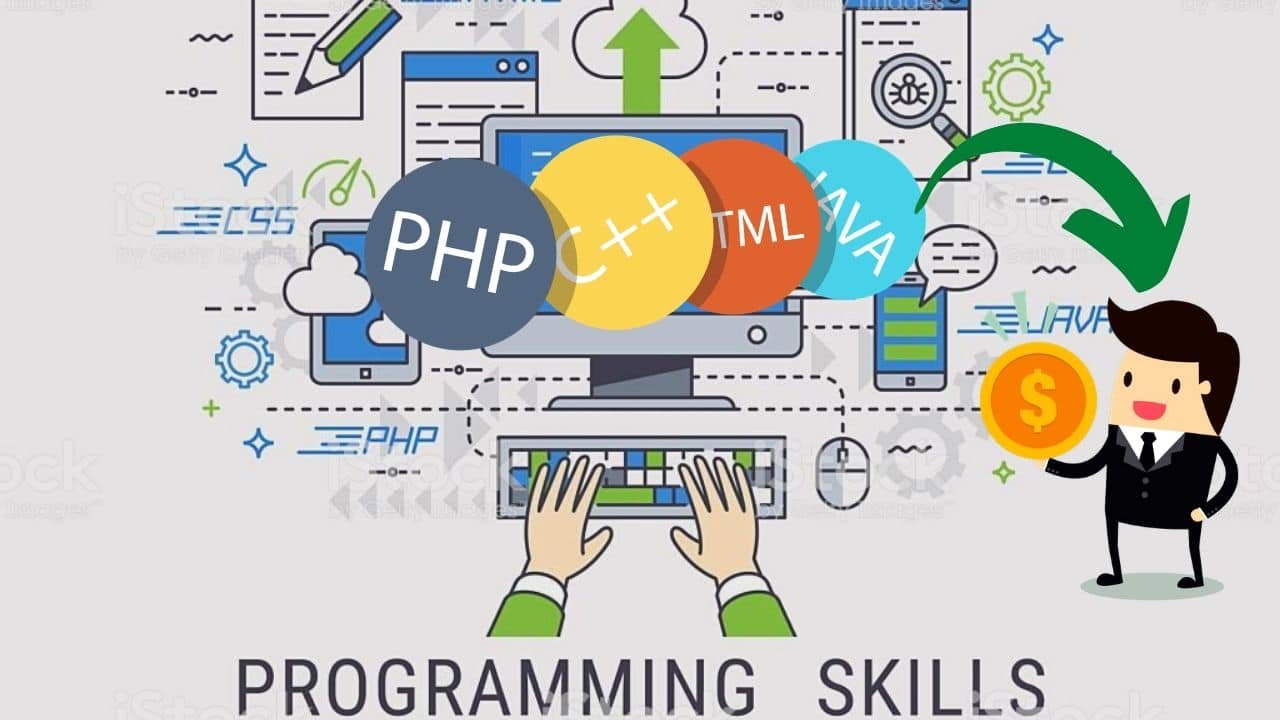As we’ve already mentioned in one of our previous posts about the best programming skills for every Data Scientist or Machine Learning Engineer Python is the #1 skill that will get your job in these positions.
Python is one of the most popular programming languages it has applications in almost every IT field. That being said, the language has a lot of libraries.
In this post we are going to talk about the best, the hottest libraries that will guaranty you getting your wanted job as a Data Scientist or a Machine Learning Engineer.
Before this, here are amazing books that will improve your knowledge about Python and Machine Learning:
Pattern Recognition and Machine Learning (Information Science and Statistics) – Buy from Amazon
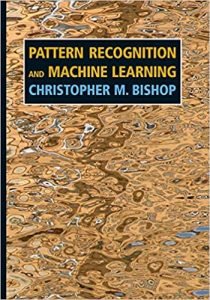
Deep Learning with Python – Buy from Amazon

Python for Beginners – Buy from Amazon (my favorite one that helped me when I was a beginner)
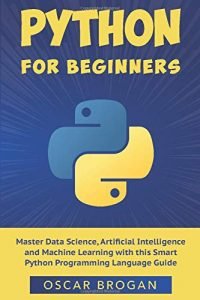
Hands-On Machine Learning with Scikit-Learn, Keras, and TensorFlow – Buy from Amazon
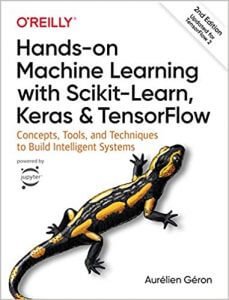
The hottest Python Data Science and Machine Learning skills
NumPy

NumPy is an open-source library that, has support for multi-dimensional arrays and matrices, along with a large collection of high-level mathematical functions to operate and manipulate on these arrays.
The main characteristics of NumPy are:
- a powerful N-dimensional array object
- linear-algebra capabilities
- tools for integrating C/C++ and Fortran code
- random number capabilities
Besides its obvious scientific uses, NumPy can also be used as an efficient multi-dimensional container of generic data. Arbitrary data-types can be defined. This allows NumPy to seamlessly and speedily integrate with a wide variety of databases.
In our personal experience, we haven’t created any Machine Learning model without the usage of this library, so we kindly suggest you look at it, try to understand the basics of it.
If you want to see a practical example, we suggest you read out articles about:
- Learn How To Do K-Means Clustering On An Image
- How To Blend Images Using OpenCV, Gaussian and Laplacian Pyramid.
Pandas

Pandas is a free open-source library that offers data structures and manipulations for numerical tables. Pandas is very popular because it has the ability to create data frames from data sources of different types.
Pandas allow importing data of the various files (CSV, Excel). Pandas allow various data manipulation operations such as group by, join, merge, melt, concatenation as well as data cleaning features such as filling, replacing values.
Pandas is used in many projects, or should we say in every project. If you want to see a practical example, we suggest you read our article on How To Do Feature Engineering on Temporal Data.
Matplotlib
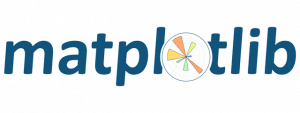
Matplotlib is a comprehensive library for creating static, animated, and interactive visualizations in Python.
It is usually used alongside with NumPy for the most of the cases.
Matplotlib can be used in Python scripts, the Python and IPython shell, web application servers, and various graphical user interface toolkits.
If you want to see a practical example, we suggest you read out an article about How To Do Barcode Detection From An Image Using OpenCV.
SciPy

SciPy is an open-source Python library for scientific and technical computing. The main packages include modules for: optimization, linear algebra, integration, FFT, signal and image processing.
It is part of the NumPy stack together with Matplotlib, Pandas, Scikit-learn. There are additional packages that will enable you the usage of modules for: physical constants and conversion factors, hierarchical clustering, vector quantization, K-means, Discrete Fourier Transform algorithms, interpolation tools, data input and output, sparse matrix and related algorithms, KD-trees, nearest neighbors, distance functions, tool for writing C/C++ code as Python multiline strings.
Scikit-learn
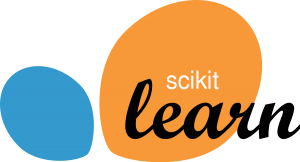
Scikit-learn is an open-source Python library that features many classifications, regression and clustering algorithms like support vector machines(SVMs), random forests, gradient boosting, k-means and DBSCAN. It is built on NumPy, SciPy, and Matplotlib.
The main characteristics of Scikit-learn are:
- Simple and efficient tools for predictive data analysis
- Accessible to everybody, and reusable in various contexts
SymPy

SymPy is an open-source of a Python library for symbolic mathematics. It aims to become a full-featured computer algebra system (CAS) while keeping the code as simple as possible in order to be comprehensible and easily extensible.
It has tons of modules, that can be organized in many categories. The main capabilities of some of the modules are:
- Core capabilities (Basic arithmetic, Simplification, Expansion, Functions( trigonometric, hyperbolic, exponential, roots, logarithms, absolute value, spherical harmonics, factorials and gamma functions, zeta functions, polynomials, hypergeometric), Pattern matching)
- Discrete math (Binomial coefficients, Summations, Products, Number theory( generating prime numbers, primality testing, integer factorization), Logic expressions, Logical Reasoning)
- Combinatorics (Permutations, Combinations, Partitions, Subsets, Permutation group( Polyhedral, Rubik, Symmetric))
- Statistics (Normal and Uniform distributions, Probability)
- Matrices (Basic arithmetic, Eigenvalues/eigenvectors, Determinants, Inversion)
- Calculus (Limits, Differentiation, Integration, Taylor series (Laurent series))
There are many more modules. You obviously cannot learn all of them, so we suggest you to go for the ones you need the most for your future projects.
OpenCV

OpenCV is an open-source library that allows you to do image processing and computer vision. It is one of the best libraries in this area and it has tons of functions and tools that will make your life easier.
We like this library a lot, so much that we have the whole section on Computer Vision that you can check out. In that section, we have real-world examples using OpenCV, that you might find useful.
OpenCV can be combined with many libraries like NumPy, Matplotlib, Pandas, and with many Deep Learning frameworks like: TensorFlow, Keras, PyTorch.
Some of the main Machine Learning algorithms that are supported are: Support vector machine (SVM), Random forest, k-nearest neighbor algorithm, Naive Bayes classifier, etc.
TensorFlow + Keras
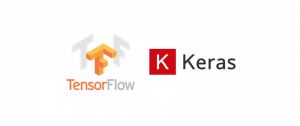
TensorFlow is an end-to-end platform that makes it easy for you to build and deploy ML models.
TensorFlow offers multiple levels of abstraction so you can choose the right one for your needs. If you are a beginner we suggest you start building and training models by using the high-level Keras API, which makes getting started with TensorFlow and machine learning easy.
TensorFlow has always provided a direct path to production. Whether it’s on servers, edge devices, or the web, TensorFlow lets you train and deploy your model easily, no matter what language or platform you use.
For running inference on mobile and edge devices, use TensorFlow Lite. Train and deploy models in JavaScript environments using TensorFlow.js.
Out experience with TensorFlow is by using the high-level Keras API. A practical example of our experience with TensorFlow is our article on Explanation of Keras for Deep Learning and Using It in Real World Problem.
If you are new with Deep Learning and TensorFlow and you want to understand how the Deep Learning models work, then we suggest you read our article on Get Started With Artificial Neural Networks and Learn More.
Additional skills
There are many other libraries that we didn’t mention, but the reason for that is that we don’t want to talk about something we are not familiar with. As you can see all of the libraries in the previous post are joined by practical examples from our website, because we want to stay true to our mission and that is creating content that is short but understandable, in a laconic way.
So the other libraries that we didn’t mention but we highly encourage you to check out on other websites are: PyTorch, Theano, Caffe, PyBrain, H2O, KNIME.
Conclusion
With the high rise of Artificial Intelligence, the job positions in this field are witnessing the highest growth rate. With the need for such skilled employees, the salaries are going through the roof.
That and the chance to be a pioneer in some discovery in these fields should be good motivation for every engineer and enthusiast.
We’ve already talked about the required math skills in these areas in our article on about the еssential mathematical skills to get a job as a Data Scientist/Machine Learning Engineer and the required programming skills for every Data Scientist or Machine Learning Engineer, that we think you might find them useful.
If you are inexperienced with job interviews in the fields of Data Science, Machine Learning or any other similar Artificial Intelligence field, we suggest you read our post on a job interview that will help you how to get a job as a Data Scientist/Machine Learning engineer.
We hope that this post will help you get ready for your next Data Science or Machine Learning job interview and will give you the right direction toward becoming an expert in these fields.
Like with every post we do, we encourage you to continue learning, trying and creating.





